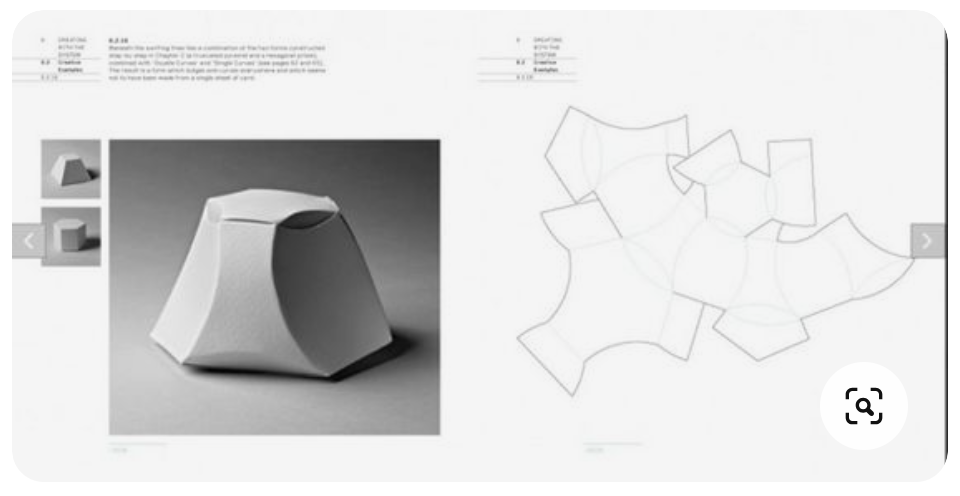

Structural design in packaging plays a crucial role in supporting and benefiting the packaging industry in several ways. Here are some ways in which structural design contributes to the success of the packaging industry:
-
Protection and Product Safety: The primary function of packaging is to protect products during storage, transportation, and handling. Structural design ensures that packaging materials, such as boxes, containers, or bottles, are designed to provide adequate protection against impacts, vibrations, moisture, and other potential hazards. By incorporating elements like cushioning, barriers, and shock-absorbing features, structural design helps prevent damage, reduce product loss, and maintain product integrity, ultimately saving costs for manufacturers and ensuring customer satisfaction.
-
Efficient Use of Materials: Structural design aims to optimize the use of packaging materials, minimizing waste and reducing costs. By carefully designing packaging structures that require fewer materials while maintaining structural integrity, the packaging industry can achieve resource efficiency. This includes considerations such as using lightweight materials, designing nesting or stacking features for efficient storage and transportation, and employing sustainable materials that are recyclable or biodegradable.
-
Branding and Visual Appeal: Structural design plays a vital role in enhancing a product's visual appeal and brand recognition. Unique packaging shapes, innovative structures, and creative designs can attract consumers' attention on store shelves, differentiate products from competitors, and reinforce brand identity. Structural design allows for the incorporation of branding elements like logos, colors, and graphics, enabling packaging to become a powerful marketing tool and influencing consumer purchasing decisions.
-
Shelf Space Optimization: Structural design considers the efficient utilization of shelf space, especially in retail environments. By creating packaging structures that are stackable, modular, or designed for easy display, manufacturers can maximize product visibility and optimize shelf space. This helps retailers present a wider range of products, improves overall store aesthetics, and enhances the shopping experience for consumers.
-
User-Friendly Packaging: Structural design takes into account usability and convenience for end-users. Packaging should be easy to open, close, and handle, ensuring a positive user experience. Features such as ergonomic handles, resealable closures, or easy-access openings make packaging more user-friendly, promoting customer satisfaction and repeat purchases.
-
Production Efficiency: Efficient structural design can contribute to streamlined and cost-effective production processes. Packaging designs that are compatible with automated machinery, enable efficient filling and sealing, and minimize assembly time can enhance production efficiency. Structural design considerations such as standardized sizes, ease of assembly, and compatibility with packaging equipment result in faster production cycles, reduced labor costs, and increased throughput.
-
Sustainability and Environmental Impact: Structural design plays a vital role in supporting sustainable packaging initiatives. Designing packaging structures that use eco-friendly materials, minimize waste, and optimize space utilization can significantly reduce the environmental impact of packaging. By embracing concepts such as right-sizing, using recyclable materials, and reducing unnecessary packaging, structural design contributes to a more sustainable and responsible packaging industry.
In summary, structural design in packaging offers numerous benefits to the packaging industry, including product protection, efficient material use, branding opportunities, shelf space optimization, user-friendliness, production efficiency, and sustainability. By focusing on innovative and functional designs, the packaging industry can meet the evolving needs of consumers, manufacturers, and the environment.







